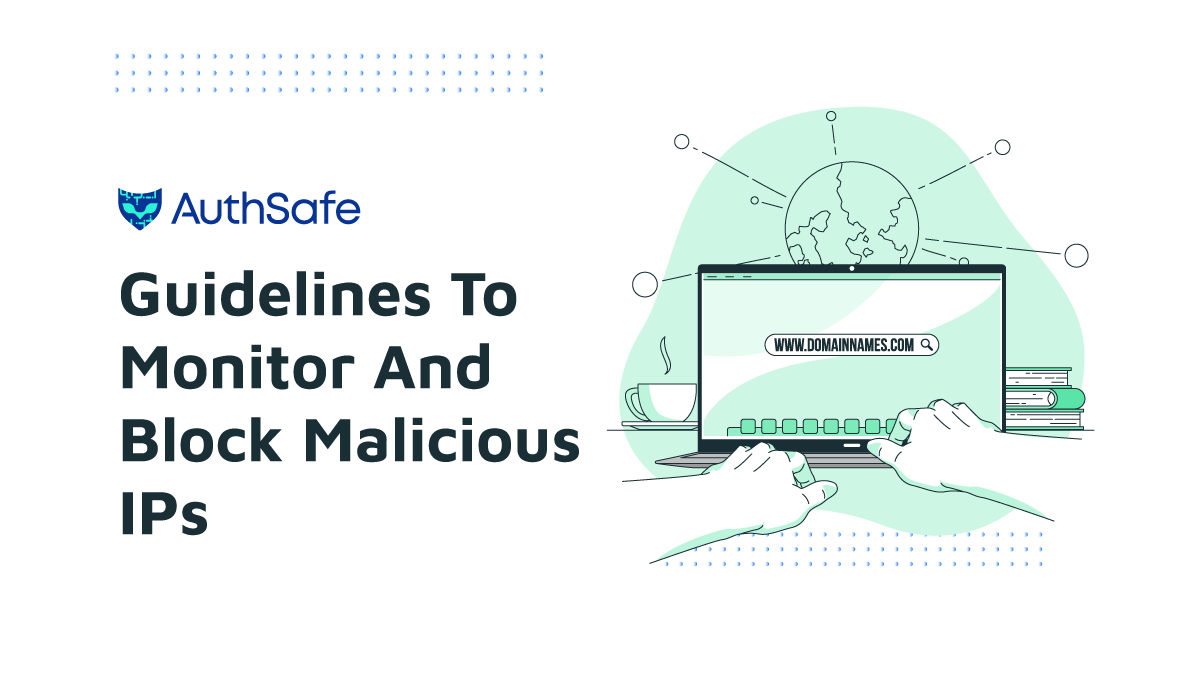
The internet is full of cyber criminals and malicious hackers looking for ways to steal your sensitive information, such as passwords and credit card details. In fact, every day, 560,000 new pieces of malware are detected.
There are good reasons to monitor and block malicious IP addresses during a penetration test or hackmeeting. It is useless to have a strong perimeter if you open the doors willingly.
There are multiple tools to identify malicious IPs, but they can be complicated, so we wanted to provide some guidelines that will help apply them easily.
How to identify malicious IPs?
Want to know how to spot a malicious IP? It’s easy, just look for the IP with a shady past and a questionable reputation. But seriously, identifying malicious IPs can be a tricky business. It’s not as simple as just looking for the IP with a long rap sheet. Instead, it’s about being vigilant, using various tools and resources, and having a keen eye for suspicious activity. So, if you want to protect yourself and your network from those bad actors out there, keep reading and learn how to identify & block malicious IPs.
1. Maintain a good reputation and check it regularly
A good reputation is the best defense against malicious IPs. If you have a bad reputation, malicious IPs will be more likely to target you, but if you maintain a good reputation, these attacks will be less likely to succeed.
To maintain a good reputation, you should check backlinks periodically to see if any of them point to malicious websites. If so, remove those links immediately and replace them with more reputable ones.
2. Implement rate limiting rules (aka DOS prevention)
Rate-limiting rules are one of the most effective ways to prevent distributed denial-of-service (DDoS) attacks on your server.
When an IP address submits too many requests to your server within a certain period, it can be blocked by a rate-limiting rule. This is especially useful for preventing DDoS attacks, characterized by a flood of requests from a specific IP address.
3. Weed out the IPs receiving a high number of malicious requests
Monitoring and blocking malicious IPs is critical to protecting your company from damage. The first step in this process is to weed out the IP addresses that receive a high number of malicious requests.
This can be done by setting up a honeypot. This server pretends to be vulnerable and waits for attackers to attempt to exploit it. This is an effective way to monitor which IP addresses are sending the most malicious requests. You can then block these addresses from accessing your main servers.
4. Block malicious IPs globally on the command line in real-time
Blocking malicious IPs is not enough. If a single IP address is blocked on your server, the attacker can change the source address of their attack and continue to attack you.
You need to be able to block malicious IPs globally on the command line in real time and in a way that doesn’t require you to write anything down or keep track of anything.
5. Make use of vulnerability scanners
Vulnerability scanners are the first line of defense in detecting and blocking malicious IPs. Vulnerability scanners can scan your network, identify any vulnerabilities and fix them. This helps eliminate the risk of being attacked by hackers or a worm.
You can also use an IPS (Intrusion Prevention System) that monitors traffic for any suspicious activity and blocks it before it can do any damage. This helps reduce the risk of being attacked by hackers or worms.
6. Use a Web Application Firewall (WAF) to detect threats and block malicious traffic
With the help of a Web Application Firewall (WAF), you can block malicious traffic and detect threats before they impact your business.
A WAF is a solution that helps to protect websites by blocking attacks and malicious activity.
An application firewall that sits between your website and the internet. The WAF’s job is to inspect all incoming requests for your website, looking for any suspicious activity or requests that may be harmful.
7. Work with your ISP to block malicious traffic
If a botnet or other malicious traffic targets you, you should work with your ISP to block the malicious traffic.
This is because many ISPs have tools that allow them to block malicious activity on their networks. If you are a customer of an ISP who uses these tools, they can help you block the bad actors before they reach your site or network.
While working with your ISP will help stop some of the attacks, it won’t stop all of them—especially if the attack isn’t coming from your network. In this case, you’ll need to take additional steps by monitoring for suspicious activity and blocking IP addresses that send out malicious packets.
To conclude
Ensure that your company’s security is always up-to-date. Malicious IPs are nothing new, but as the internet evolves and becomes increasingly complex, so too do the methods used by cybercriminals to harvest personal data. That’s why monitoring internal and external activity is important to keep your business secure.
Security threats can come from anywhere if you’re not careful. It only takes one employee using their work computer for malicious purposes to cause a major headache for everyone involved—and trust me, nobody wants that headache. So be smart about your security measures and ensure your company is prepared for anything.
For more information, connect with us today.


